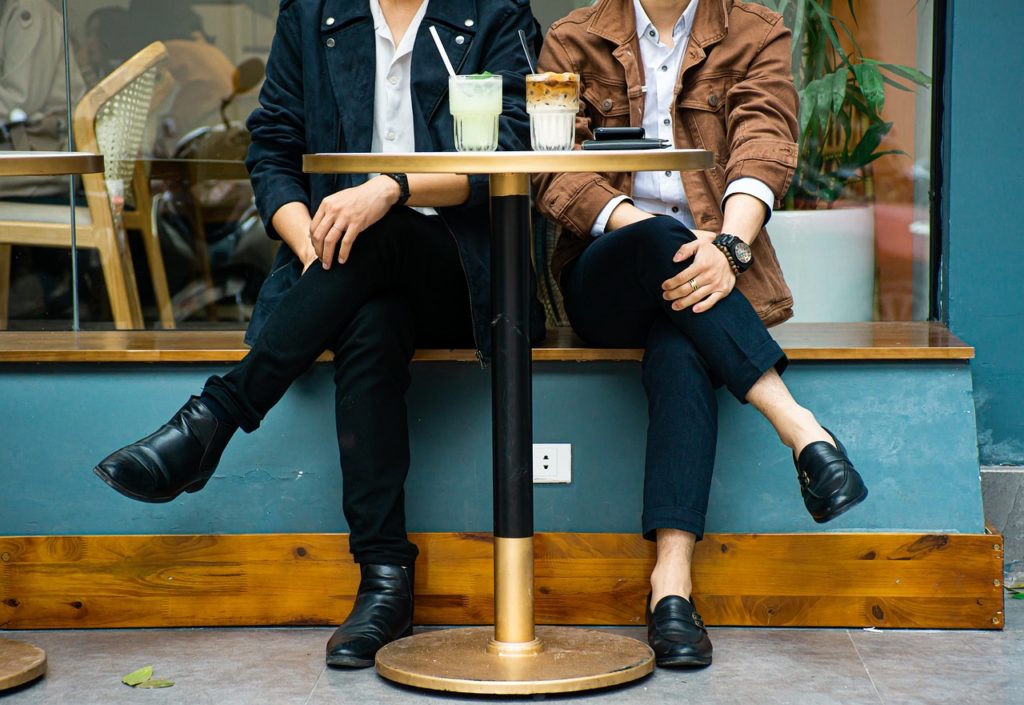
Coffee shops have been a central part of social and cultural life for centuries. From their origins in the Middle East to their modern incarnations in cities worldwide, coffee shops have evolved significantly. This blog traces the history and evolution of coffee shops, exploring their cultural impact and how they have adapted to changing times.
1. The Birth of Coffeehouses
The first coffeehouses, known as qahveh khaneh, appeared in the Middle East during the 16th century. Originating in Mecca and spreading to cities like Cairo, Istanbul, and Damascus, these establishments quickly became centres of social interaction, intellectual debate, and cultural exchange. They were places where people gathered to drink coffee, discuss politics, play chess, and listen to music.
2. Coffee Shops in Europe
Coffee reached Europe in the 17th century, and coffeehouses soon followed. The first European coffeehouse opened in Venice in 1645, and the trend quickly spread to other major cities. In England, the first coffeehouse opened in Oxford in 1650, and soon after, London became known for its bustling coffeehouse culture. These establishments, often referred to as “penny universities,” provided a space for people to discuss ideas, read newspapers, and engage in intellectual discourse for the price of a cup of coffee.
3. The Role of Coffee Shops in the Enlightenment
During the 18th century, coffeehouses played a crucial role in the Enlightenment. They were gathering places for thinkers, writers, and philosophers who discussed ideas that would shape modern society. Notable figures such as Voltaire, Rousseau, and Benjamin Franklin frequented coffeehouses, using them as spaces for debate and collaboration. The open and egalitarian nature of coffeehouses allowed for the free exchange of ideas, contributing significantly to the intellectual and cultural development of the period.
4. The Rise of the Modern Coffee Shops
The modern concept of the coffee shop began to take shape in the 20th century. The rise of espresso machines in Italy during the early 1900s revolutionised the coffee-drinking experience, leading to the creation of the Italian-style espresso bar. These establishments focused on quick, high-quality coffee served in a social setting. The concept spread across Europe and eventually to the United States.
5. The Starbucks Revolution
The 1970s and 1980s saw the birth of the specialty coffee movement, spearheaded by companies like Starbucks. Founded in 1971 in Seattle, Starbucks redefined the coffee shop experience by emphasising high-quality beans, diverse beverage options, and a comfortable, inviting atmosphere. Starbucks’ success popularised the concept of the coffee shop as a “third place” – a space separate from home and work where people could relax, socialise, and enjoy a premium coffee experience.
6. The Third Wave Coffee Movement
The early 2000s witnessed the emergence of the third wave coffee movement, which treated coffee as an artisanal product rather than a commodity. Third wave coffee shops focused on the entire coffee production process, from sourcing high-quality, ethically-produced beans to perfecting brewing techniques. These establishments prioritised transparency, sustainability, and education, offering customers a deeper appreciation of coffee’s complexity and origins.
7. Coffee Shops and the Digital Age
The rise of the internet and digital technology has also influenced the evolution of coffee shops. Many modern coffee shops offer free Wi-Fi, making them popular spots for remote work, studying, and social networking. The digital age has also seen the rise of mobile ordering and payment systems, allowing customers to order and pay for their coffee through apps, enhancing convenience and efficiency.
8. The Impact of Social Media
Social media has played a significant role in shaping the contemporary coffee shop experience. Instagram, in particular, has popularised the aesthetic appeal of coffee shops, with beautifully crafted beverages and stylish interiors becoming key elements of a coffee shop’s identity. Many coffee shops now design their spaces and products with social media in mind, creating visually appealing environments that attract a digital-savvy customer base.
9. The Influence of Globalisation
Globalisation has contributed to the diversification of coffee shop offerings. Traditional coffee drinks from various cultures, such as Turkish coffee, Vietnamese iced coffee, and Japanese pour-over, are now widely available in coffee shops around the world. This cross-cultural exchange has enriched the coffee shop experience, offering customers a taste of global coffee traditions.
10. Coffee Shops During the COVID-19 Pandemic
The COVID-19 pandemic posed significant challenges for coffee shops, with many forced to close temporarily or adapt to new operating models. Innovations such as contactless delivery, online ordering, and outdoor seating helped many coffee shops survive and even thrive during the pandemic. The crisis also highlighted the importance of community support, with many customers rallying to support their local coffee shops.



